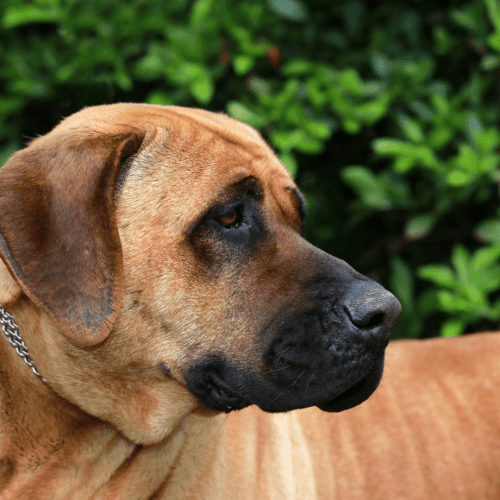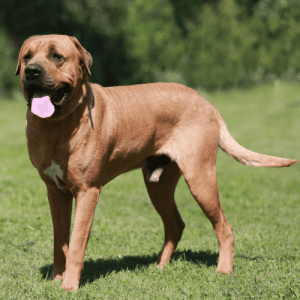
What Is The History Of The Akita Breed?
The Akita is a dog breed originating in Japan and was bred for hunting, and later became a popular companion dog. The Akita is a large breed of dog known for its loyalty and courage. The Akita is also one of the oldest breed dogs and has been registered with the American Kennel Club since 1930. The Akita is a popular breed of dog in Japan and is also gaining popularity in the United States. The Akita is an intelligent and loyal dog breed and makes a great companion for people of all ages. The Akita is also a good guard dog and will protect its family from strangers. The Akita weighs up to 130 pounds. The Akita is known for its endurance with its strength and athletic build. The Akita is also a very independent breed of dog and is not suited for people who want a dog to do their every command. The Akita is a loving and devoted dog breed and will bond closely with its family. The Akita is also a protective dog breed and will defend its family from danger. The Akita is intelligent is easy to train.
What Does An Akita Look like?
The Akita dog breed typically has a short, dense coat that can be either straight or slightly wavy. The most common colors are white, brindle, and pinto, but Akitas can also come in black, red, sesame, and cream. The undercoat is thick and soft, providing insulation against the cold weather of Akita’s native Japan. Akitas shed moderately throughout the year, with a heavier shed during the spring and fall. Grooming requirements are minimal, but regular brushing will help to control shedding and keep the coat looking its best.
How Big Is An Adult Akita?
The average size for a male Akita is about 26 inches at the shoulder, while females are typically about 24 inches tall. However, both sexes can range from 23-28 inches in height. Akitas usually weigh between 51 – 86 pounds, although again, there can be some variation here, too, with some males topping out at over 150 pounds. Females typically weigh between 80-120 pounds. So, while Akitas are certainly not the biggest dogs out there, they are still quite sizable – especially when compared to some smaller breeds. They are also relatively compact for their size, with a short back and thick, muscular build. This gives them much power and makes them surprisingly agile for their size.
Are There Other Dog Breeds Related To The Akita?
Yes, There are several other dog breeds that are related to the Akita. These include:
- Shiba Inu: The Shiba Inu is the smallest of the six Japanese dog breeds, and is often referred to as the “miniature Akita.” They have a similar appearance to Akitas, but are smaller and have a foxier face.
- Hokkaido: The Hokkaido is a large, powerful dog that is native to the Hokkaido island of Japan. They are similar to Akitas in appearance, but have a thicker coat and a more wolf-like appearance.
- Kai Ken: The Kai Ken is a rare dog breed that is native to the Kai mountain range of Japan. They are similar to Akitas in appearance, but have a shorter coat and a more Spitz-like appearance.
- Kishu Ken: The Kishu Ken is a medium-sized dog breed that is native to the Kii Peninsula of Japan. They are similar to Akitas in appearance, but have a shorter coat and a more spitz-like appearance.
- Tosa Inu: The Tosa Inu is a large, powerful dog breed that is native to Japan. They are not as closely related to Akitas as the other breeds on this list, but they share some similarities in appearance.
All of these breeds are descended from the same ancient Japanese dog breed, and they share some similarities in appearance and temperament. However, they also have their own unique characteristics that make them distinct breeds.
What Is The Life Expectancy Of An Akita?
The life expectancy of an Akita dog is typically between 10 and 12 years, though some may live as long as 15 years. Akitas are relatively healthy, but like all dogs, they are susceptible to specific health conditions. Akita’s most common health problems include hip dysplasia, elbow dysplasia, thyroid disease, and cancer. Responsibly bred and well-cared-for Akitas usually enjoy long, healthy lives.
Can An Akita Be Trained?
An Akita can be trained to do various things, including obedience, tricks, and agility. Akitas are intelligent dogs and can learn quickly, making them great candidates for training. Like all dogs, Akitas will need patience and consistency when being trained, but they can be wonderful companions with some time and effort. Some of the things an Akita can be trained to do include the following:
- Obedience: Akitas can be taught the basics of obedience, such as sit, stay, come, and down. They can also be taught more advanced commands, such as heel and rollover.
- Tricks: Akitas are quick learners and can be taught various tricks. Some popular tricks include playing dead, shaking hands, and speaking on command.
- Agility: Akitas are also well-suited for agility training. This training can help them develop coordination, balance, and speed. It is also a great way to burn off excess energy.
What Are Some Interesting Facts About An Akita?
- Akitas are believed to have originated in Japan, where they were used for hunting bears and other large game.
- The Akita is the largest of the Japanese Spitz-type breeds.
- The Akita is a muscular and powerful dog with a thick coat that can be either straight or curled.
- Akitas are known for their loyalty and courage and are often independent and headstrong.
- Akitas can protect their families and may be aggressive toward strangers or other dogs if not properly socialized.
- Akitas typically live 10-12 years.
- The Akita is the national dog of Japan.
How Does An Akita Interact With People?
An Akita is a very loyal and protective dog, which makes them great for families. They are also very friendly with children as long as they are properly introduced. Akitas require a lot of exercises, so if you live an active lifestyle, this may be the perfect dog. However, if you do not have the time to commit to walking or running with your Akita every day, they may become bored and destructive. Akitas are also known to be very independent, so this may not be the right breed for you if you are looking at the dog to be always by your side. Overall, Akitas are great dogs for people looking for loyal and protective companions.


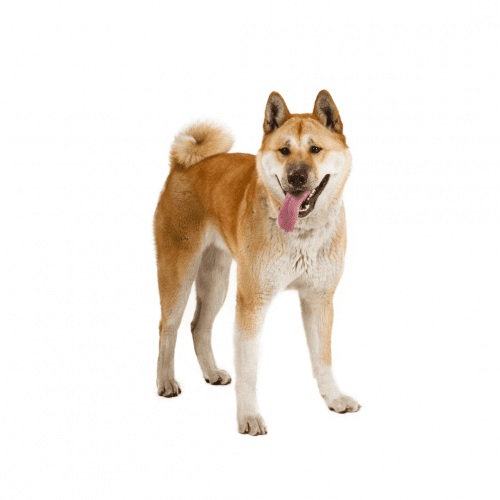
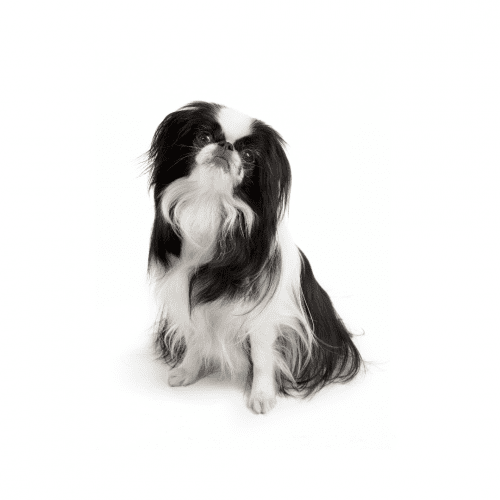

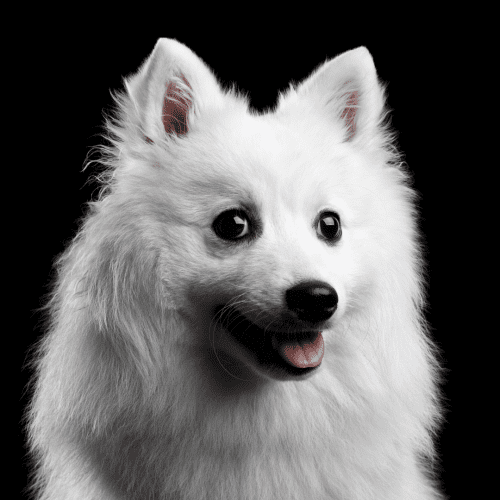
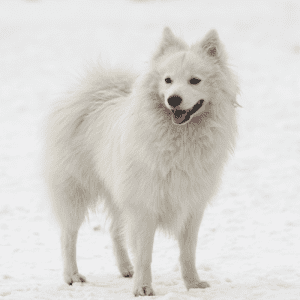
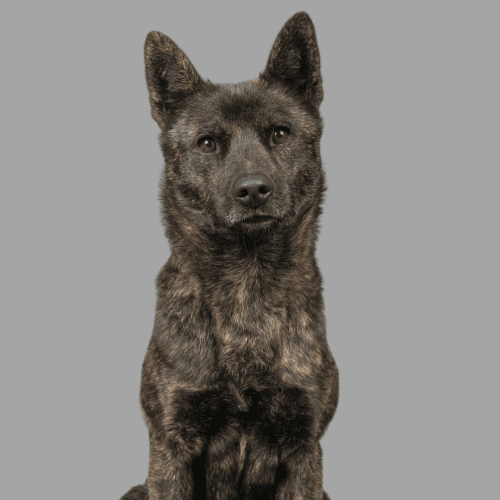

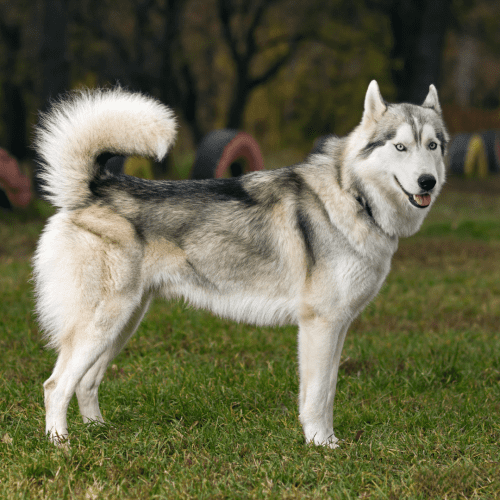

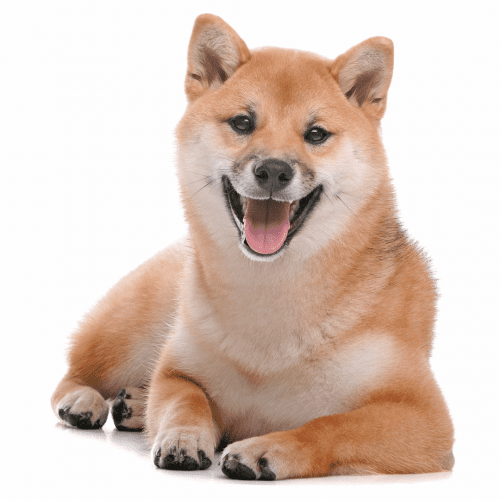
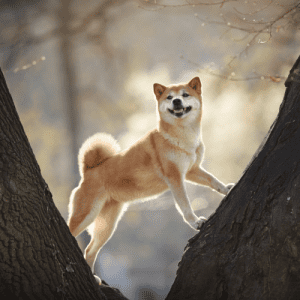 What Is The History Of The Shiba Inu Dog Breed?
What Is The History Of The Shiba Inu Dog Breed?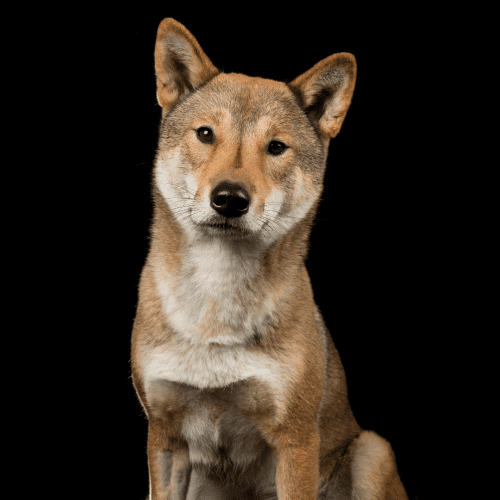
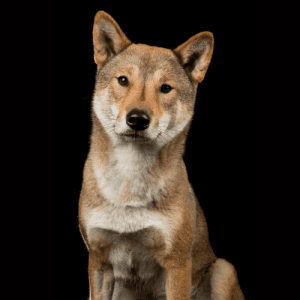 What Is The History Of The Shikoku Dog Breed?
What Is The History Of The Shikoku Dog Breed?